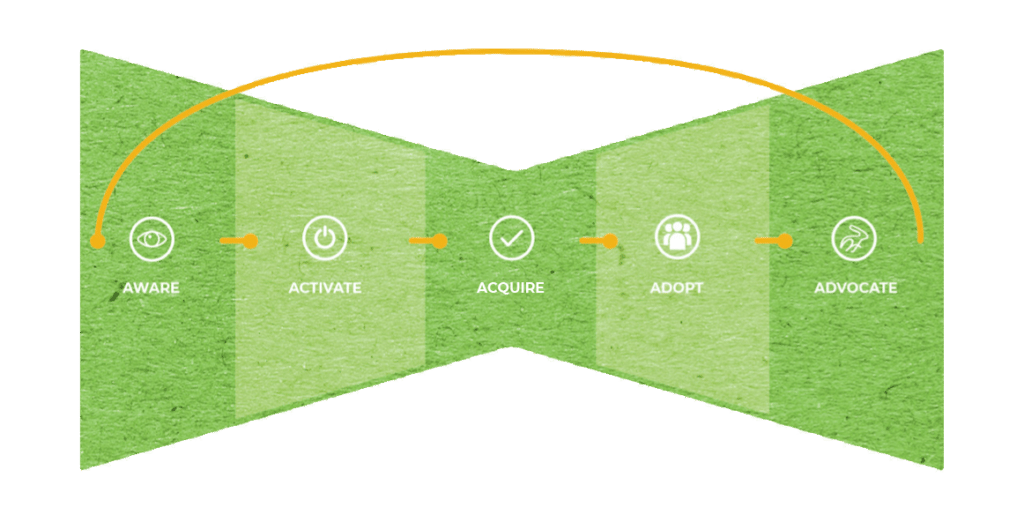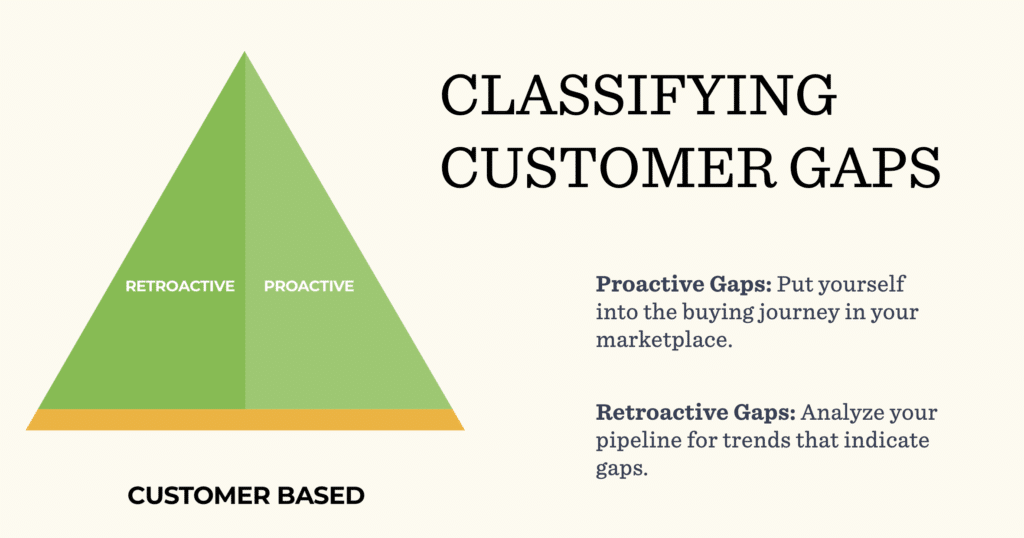Durability Testing for RevOps Teams: 5 Reasons You Should Be Doing It Now

Being a revenue operator involves a whole lot of testing stuff. A/B tests, experimenting with sales messaging and cadences, product testing—these things are all pretty much a given in the SaaS industry today. However, one thing companies don’t always do is apply the same rules to their internal processes.
Durability testing is the best way to proactively identify gaps that haven’t shown up as trends in your pipeline yet. Here’s why that’s kind of a big deal.
1. To Learn More About Your Customer Journey

Probably a good enough reason on its own, being that companies who focus on being customer-centric are 60% more profitable than those that don’t. But that’d be a really short blog post. ![]()
Using one of the many different methods of durability testing to find weak spots and gaps gives you the chance to look at your customer journey from different angles. Durability testing is all about immersion. How can you mimic the customer experience to find gaps before your customers do?
When you really understand the experience you’re delivering, you can design more customer centric processes.
2. To Learn More About Your Competition
Those one or two competitors who are really killing it—what are they doing better?
SaaS is a competitive industry, with cool new solutions going to market every day. Understanding your competition and how other companies might be approaching common industry challenges is key to improving your own customer experience.
Secret shopping can feel like an impossibly large initiative, but you can do it in small ways. Incognito chat bots anyone?
3. Durability Testing Will Better Inform Your Roadmap
Operational roadmaps are built by prioritizing gaps you’ve identified in your customer journey and planning the work needed to close those gaps. By doing proactive durability testing, you’ll be able to identify more gaps and determine how to fix them before they become a huge problem for your business.
Lots of companies are so focused on fires that are already impacting revenue, they aren’t looking ahead enough to prevent more fires from popping up. Learning to identify gaps proactively will increase your team’s agility and give them more room to plan instead of scrambling to react to fires that pop up without warning.
4. To Build Your Team’s Proactive Gap-Finding Muscle

There are two ways to identify gaps in your customer journey: proactively or retroactively. With retroactive gap identification, you’re analyzing your pipeline for trends that indicate a problem in a particular stage. What this means is that whatever’s going wrong, your customers have already been feeling it long enough for it to show up as a trend. In other words, it’s already costing you revenue.
Instead, we work with our customers to be proactive when it comes to finding gaps. Put yourself in your customers’ shoes before funnel trends demand it and you’ll be able to stop leakage before it becomes a trend.
5. Durability Tests are Extremely Versatile
When it comes to durability testing, you can design one for pretty much any process. There are thematic buckets most durability tests fall into—for example, go-to-market ride alongs or competitive analysis—but the tests themselves can be tweaked to fit your business’ needs.
The main thing to remember is that gap identification is all about improving the customer experience, not fixing internal pains. Being aware of your known unknowns and designing durability tests around them is the best way to make sure you’re staying focused on the right problems.
Find this content helpful? Interesting? There’s plenty more where this came from.
Might we recommend one of these as your next read:
Building Your Revenue Operations Team
How to Break Down Go-To-Market Silos
Our sweet little bot is also ready to answer any questions you’ve got.